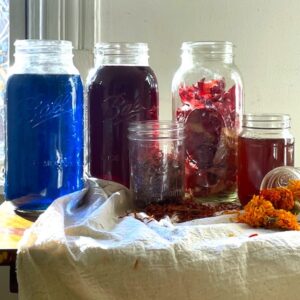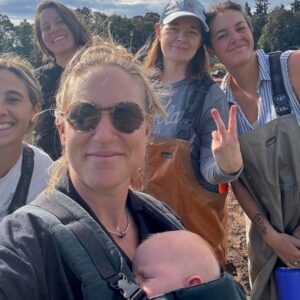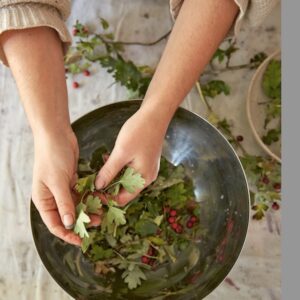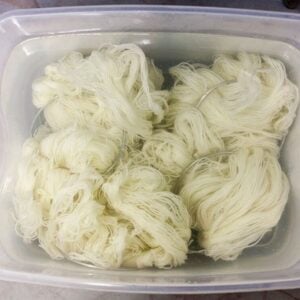Easy How-To Make A Lake Pigment
Lots of you have asked us for a how-to on making lake pigments. We thought we’d skip an amateur tutorial from us and go straight to the pro… Lake pigment queen Natalie Stopka! If you don’t know Natalie, she’s an artist and educator who works in collaboration with the materials and forces of the natural world. Her drawings and prints incorporate plant dyes and historical pigments, which provide a seasonally evolving vocabulary of texture and color. We’ve been pretty obsessed with her work since the day we met her. For more information on lake pigments – their myriad hues, chemistry, … Read more










